Industrial noise is the sound emitted into the environment by industrial plants or installations. Emission measurements are conducted for such noise.
Industrial noise is defined as noise emitted into the environment by industrial plants or installations. For such noise, measurements shall be carried out in accordance with the requirements for conducting measurements of noise emission.
For industrial noise the local regulation in Poland requires the determination of noise indicators LAeqD and LAeqN. The indicators can be determined by measurement or, alternatively, by calculation. As in other normative measurements, the results must be reported with an expanded uncertainty for a 95% confidence interval. In addition, the regulation imposes another condition related to uncertainty. To obtain correct measurement results, the value of the expanded uncertainty interval should be less than or equal to 2.7 dB.
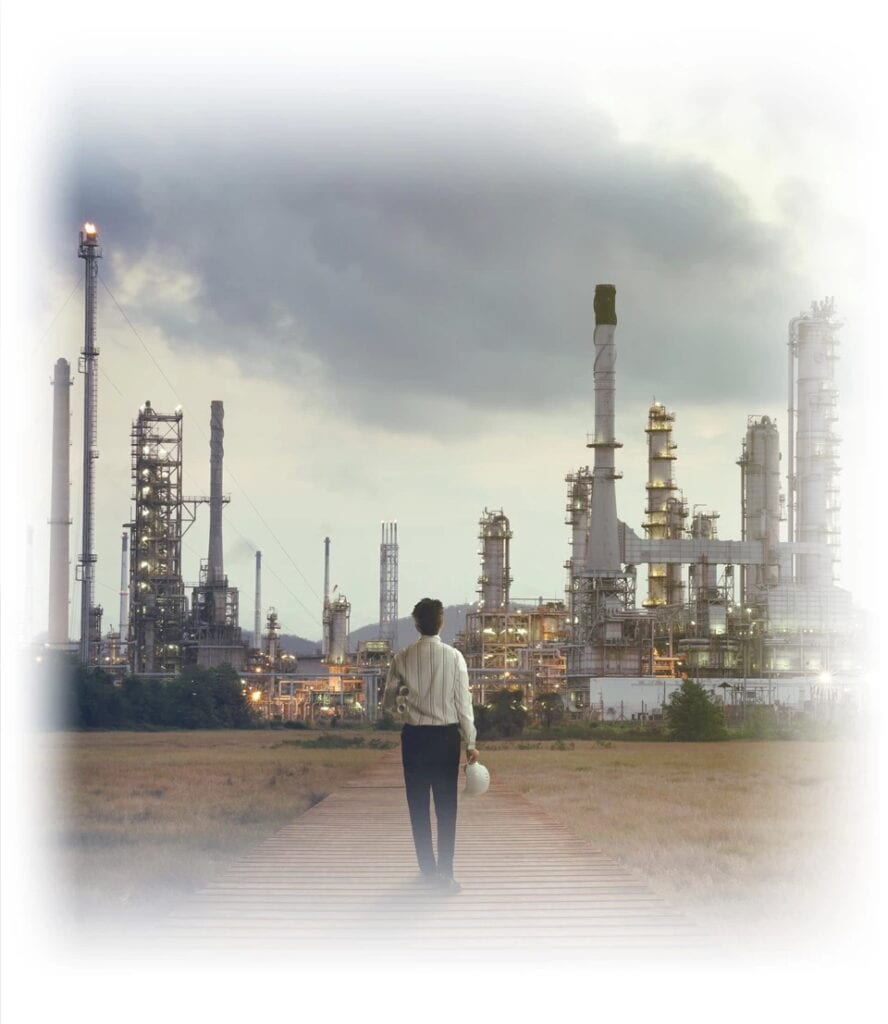
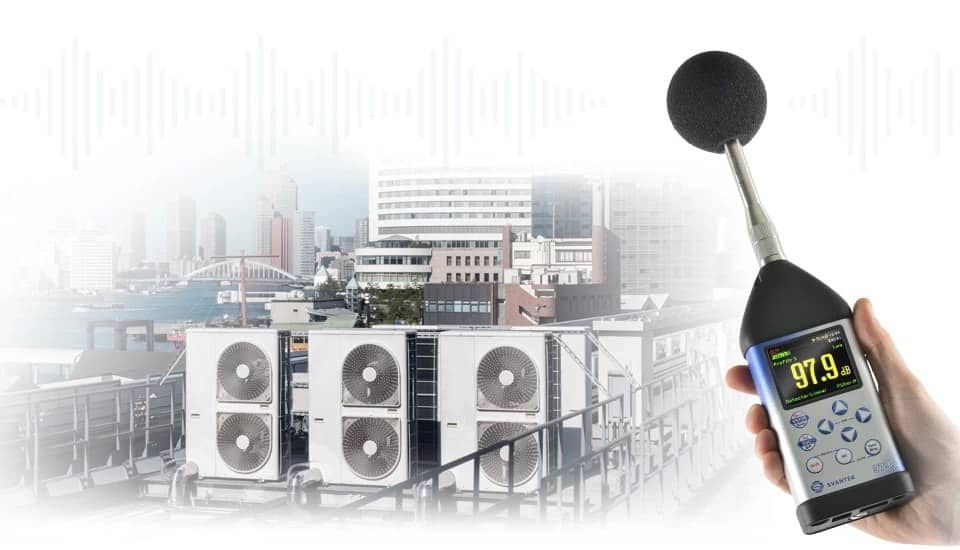
Periodic noise measurements must be carried out for establishments where noise-making installations or equipment are operated. In addition, these plants must have a permit to emit noise into the environment or a decision on permissible noise levels. An integrated permit is required for installations.
According to the local regulation, measurements should be made once every two years, at the time when the sources emit noise. It is suggested to choose the most unfavorable time in terms of the noise generated. The measurement should be made with a class 1 sound level meter. The acoustic calibrator for calibrating the measurement path should also be class 1. These instruments should be calibrated and have a calibration certificate issued no later than 24 months before the measurement. It is also worth noting that measurement microphones should be equipped with wind shields regardless of the conditions at any given time. In addition, instruments for continuous measurements should have the ability to record the course of changes over time, transfer this data to a computer or perform statistical analysis of the signal.
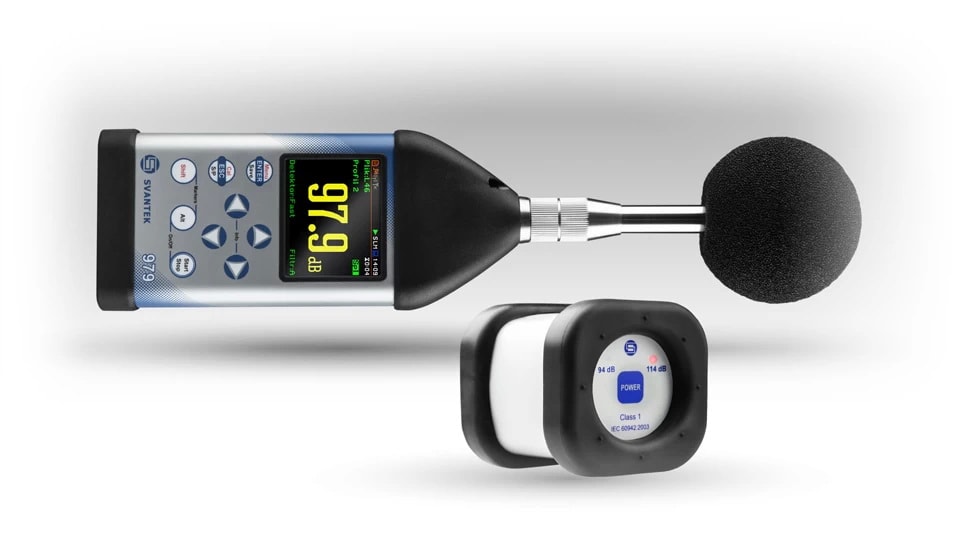
It is crucial to determine the meteorological conditions at the altitude where the measuring equipment is set up. The meteorological conditions should ensure the proper operation of the measuring equipment. The limiting conditions defined by the regulation are as follows: temperature from -10 degrees C to 50 degrees C, humidity from 25% to 90%, average wind speed up to 5 m/s and atmospheric pressure in the range of 900-1100 hPa. Measurements made under conditions exceeding the limit conditions should be clearly stated in the measurement report.
The local regulation suggests that an appropriate analysis should be carried out before locating measurement points. The analysis should include noise sources and the absorbing and reflecting properties of the area, including development. The points should be positioned so that the measurement results characterize the noise source in the best possible way. In addition, the measurement points should meet the following conditions: for built-up areas, the points should be at the elevation of buildings at a distance of 0.5 to 2 m from the elevation. The most legitimate location of the measurement point is in the light of an open window of the floor exposed to noise. If it is not possible to place the microphone in the light of the window, it should be placed at a height of 4 m with a tolerance of +/- 0.2 m. Points can also be placed in areas surrounding buildings at a height of 4 m.
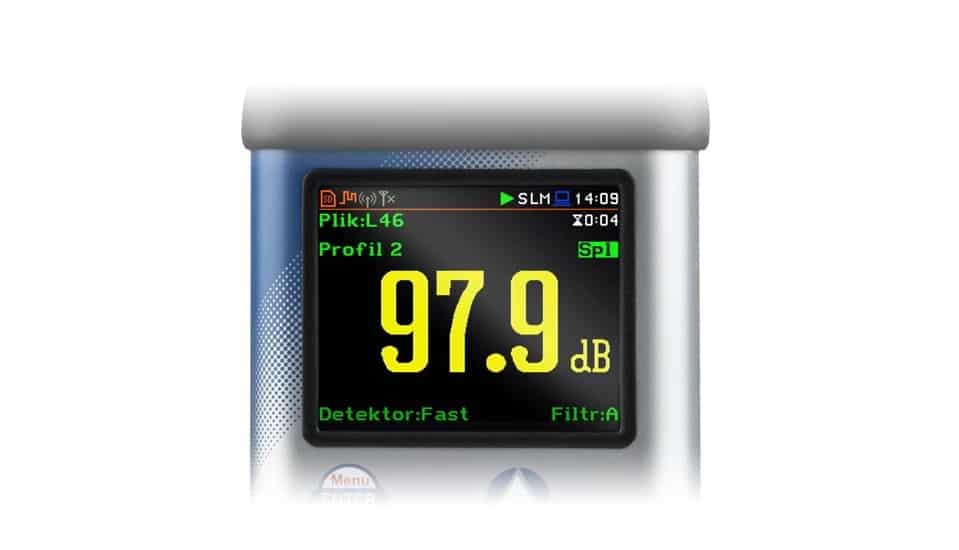
There are two measurement procedures. The first is the continuous recording of noise at reference time. The second method is the registration of noise samples at reference time, the so-called sampling method. During the measurements, the frequency characteristics A and the time constant Fast should be used. To decide which method to choose, it is necessary to consider the characteristics of the noise source and the acoustic background.
Acoustic background is all sounds that occur at a given measurement point but do not originate from the noisy source – the installation or equipment under study. The background measurement should be carried out at the same measurement points as the noise measurement, but when the noisy sources are turned off. If it is not possible to turn off the noisy source, it is possible to perform the background measurement at another place, but it must be a place analogous and well characterized by the place where the measurement point should be. It is necessary to make these measurements on the same day, at the same time of day and under similar meteorological conditions.

Continuous measurements of noise are made in two special cases: when it is not possible to measure the level of noise emissions into the environment from each source, or when it is not possible to determine the periods of time when emissions are highest. Measurements are made continuously, and then the noise is removed. It is necessary to take measurements of the acoustic background and correct the result. As a last resort, if the acoustic background cannot be measured, it can be determined by statistical analysis of the signal. Below is the formula according to which the sound level emitted into the environment should be determined:

in which:
LAeqzm – value of measured noise level, dB,
LAt – background noise level, dB
The above formula should be used for two times of the day – the daytime from 6:00 to 22:00 and the nighttime from 22:00 to 6:00.
The sampling method is suggested when the source emits a varied sound with a fixed level into the environment. It is advisable to use the sampling method when it is difficult to measure background noise and there are random disturbances.
Measurements can be made for each source separately if other noise sources can be turned off for the measurement.
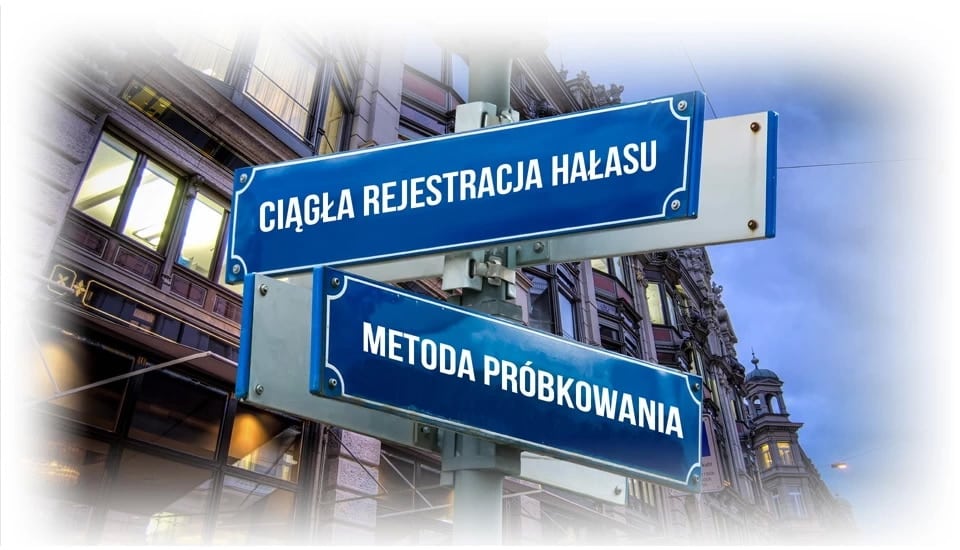
According to the local regulation, the time should be 60 s for noise whose level fluctuations do not exceed 5 dB. Second, the time should be 10 s in situations where there are periodic phenomena with higher noise levels and it is not possible to make a 60-s measurement. The measurement time can also be equal to the duration of the phenomenon or a multiple of it in situations where the source noise is periodic. The last rule is measurements for variable sound levels, in which case measurements should be made for more than 5 min.
The regulation adopted the imposition of the number of measurements to be taken. To determine the number of these measurements, the difference between the highest and lowest measured noise values for a sample must be calculated. This number can range from 3 measurements for a difference between 0 and 1 dB, up to 7 measurements for a difference between 2.5 dB and 3 dB. For a larger difference than 3 dB, increase the sample measurement time.
Finally, from the measurements obtained by the sampling method, the average sound level for each time interval or for each noise source should be determined. The following formula should be used:

in which:
n – the number of samples in the measurement series,
LAk – the measured sound level in dB.

The final culmination of industrial noise measurements is to obtain the noise emission level. To calculate this level, use the following formula:

in which:
LAsr – average sound level for an interval of time or average sound level for a given source, in dB,
LAt – average background sound level, in dB.
Here it is worth remembering the condition, related to the distance of noise from the acoustic background. If this gap is less than 3 dB then it is necessary to determine the sound level using calculation methods.
The emission level is the starting point for determining the equivalent noise level A for the reference time T at the measurement point. The following formula should be adopted here:

in which:
m – the number of time intervals or the number of measured sources,
LAekj – LAek level for the jth time interval or for the jth source,
tj – the duration of the j-th time interval or the operating time of the source,
T – reference time, in seconds.

An example of a noise source can be noise generated by installations on buildings, that is, for example, the noise of a chiller on the roof of a building. In this case, the spectrum from the measurements taken should be analyzed. It is also worthwhile to pay attention to checking the tonal character of the noise. Such checks can be performed in accordance with ISO/TS 20065:2022 “Acoustics – Objective method for assessing the audibility of tones in noise – Engineering method” and ISO 1996-2:2017, which allow to approximate the actual annoyance of noise.
If industrial noise is emitted to the environment as impulse noise, it should be studied in accordance with the procedure described in ISO 10843 “Acoustics – Methods for describing and measuring single impulses or series of impulses” This standard also imposes appropriate measurement methodologies related to the characteristics of impulsive noise.